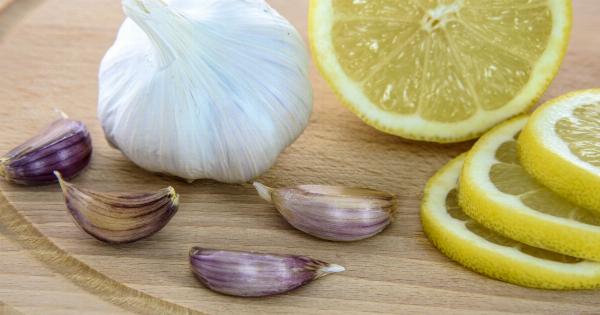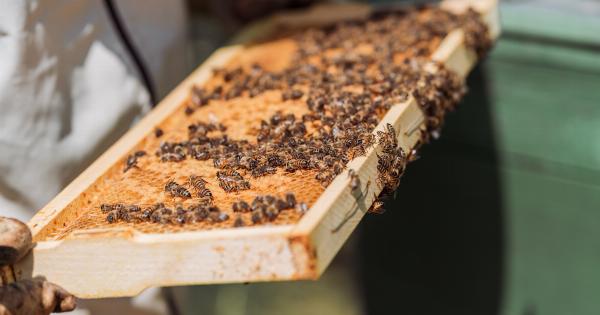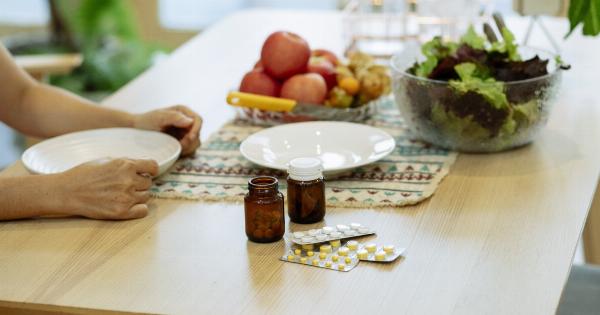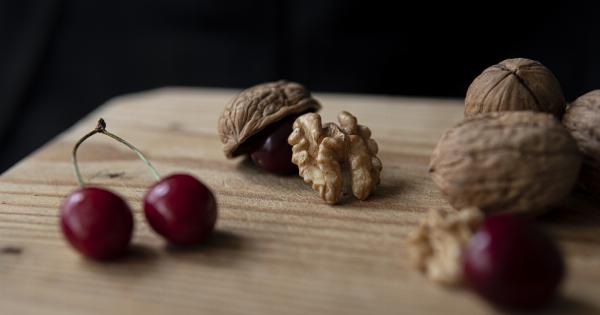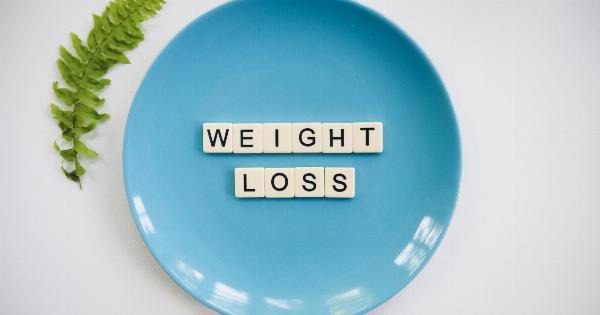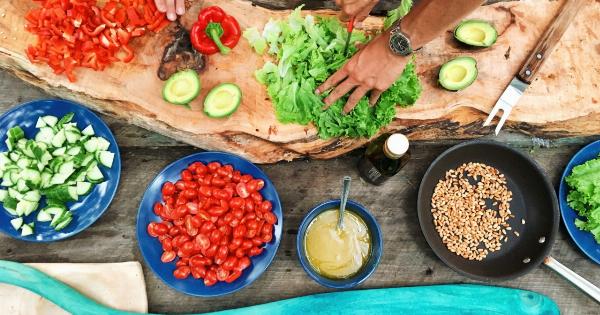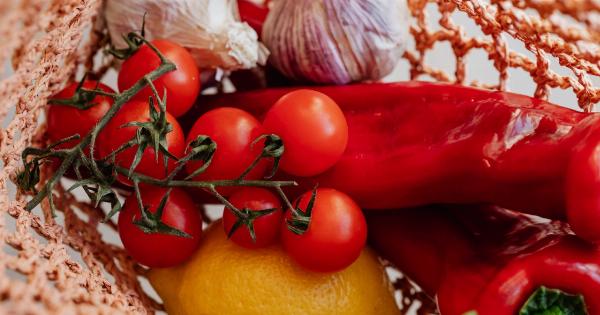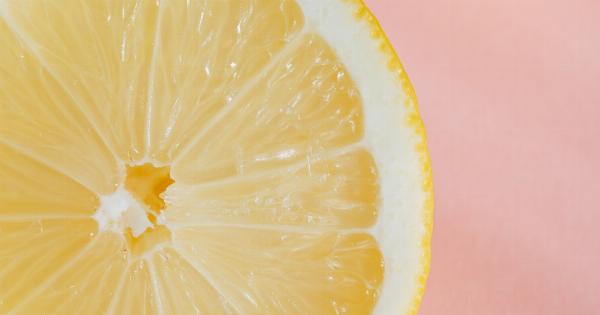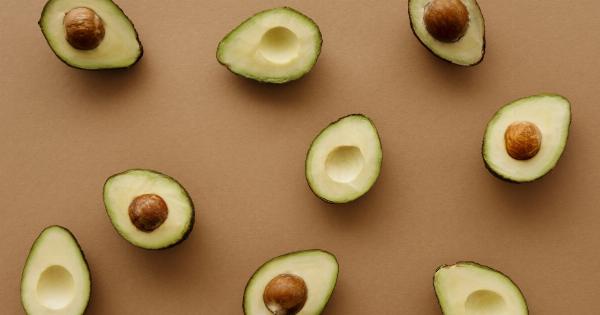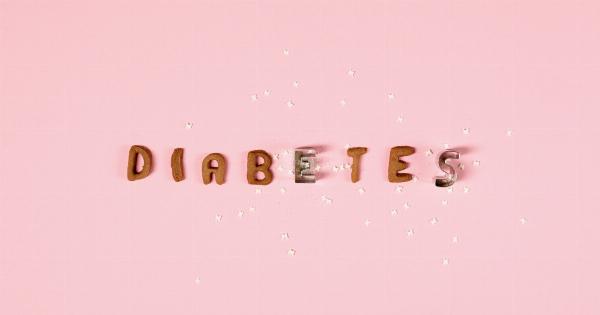For many women, dealing with period symptoms each month can be a challenging and uncomfortable experience. From bloating and cramps to mood swings and fatigue, these symptoms can disrupt daily routines and affect overall well-being.
While there are various medications and remedies available to alleviate period symptoms, one approach that is often overlooked is the power of nutrition.
Eating the right foods and making dietary adjustments can play a significant role in managing these symptoms naturally. In this article, we will explore some effective eating strategies to help relieve period symptoms and promote better menstrual health.
1. Stay Hydrated
Drinking an adequate amount of water is essential for overall health, and it becomes even more important during menstruation. Staying hydrated can help reduce bloating, ease menstrual cramps, and prevent fatigue.
Additionally, drinking water can flush out toxins from the body and promote a healthy menstrual flow.
Experts recommend drinking at least eight glasses of water per day. If you find plain water boring, you can add natural flavors like lemon or cucumber to enhance the taste.
Herbal teas, such as chamomile or ginger tea, can also be soothing and hydrating options.
2. Include Iron-Rich Foods
Iron deficiency is a common issue for many women, especially during menstruation. The loss of blood during periods can lead to a drop in iron levels, which can cause fatigue and weakness.
To combat this, it is important to include iron-rich foods in your diet.
Opt for foods like red meat, poultry, fish, leafy green vegetables, beans, and fortified cereals.
Vitamin C-rich foods, such as citrus fruits and strawberries, can enhance iron absorption, so pairing these foods with iron-rich sources can be beneficial.
3. Embrace Healthy Fats
While it may seem counterintuitive, consuming healthy fats can actually help alleviate period symptoms. Healthy fats, such as those found in avocados, nuts, seeds, and fatty fish like salmon, contain omega-3 fatty acids.
These fatty acids have anti-inflammatory properties and can help reduce pain and inflammation associated with menstrual cramps.
Incorporating these healthy fats into meals can also help regulate hormone levels, balance mood swings, and promote a sense of satiety and well-being.
However, it is important to consume healthy fats in moderation, as excessive consumption can lead to weight gain.
4. Prioritize Fibrous Foods
Fiber is known for its ability to promote healthy digestion and prevent constipation. During menstruation, hormonal fluctuations can affect bowel movements, leading to discomfort and bloating.
Including fiber-rich foods in your diet can help regulate digestion and relieve these symptoms.
Opt for whole grains like brown rice, quinoa, and oats, as well as fruits, vegetables, and legumes.
These foods not only provide essential nutrients but also help maintain stable blood sugar levels, which can help stabilize mood swings often experienced during menstruation.
5. Reduce Salt Intake
Excess sodium can contribute to water retention and bloating, which are already common symptoms during menstruation. To manage these symptoms, it is important to reduce salt intake during this time of the month.
Avoid processed and packaged foods, as they often contain high levels of sodium. Opt for fresh, whole foods instead, and try incorporating herbs and spices to enhance flavor without relying on salt.
Additionally, staying hydrated can help flush out excess sodium from the body.
6. Incorporate Anti-Inflammatory Foods
During menstruation, the body undergoes an inflammatory response that can contribute to pain and discomfort. Including anti-inflammatory foods in your diet can help reduce these symptoms and promote overall well-being.
Some excellent anti-inflammatory foods include turmeric, ginger, berries, leafy greens, and fatty fish like salmon. These foods contain various compounds that can help reduce inflammation and provide relief from menstrual pain.
7. Opt for Herbal Remedies
In addition to making dietary adjustments, incorporating certain herbal remedies into your routine may help alleviate period symptoms.
While scientific research on herbal remedies is limited, some women find relief from symptoms by using natural supplements.
Some herbs that are commonly used to manage period symptoms include raspberry leaf, cramp bark, chasteberry, and evening primrose oil.
However, it is important to consult with a healthcare professional before trying any new herbal remedies, especially if you are currently taking medications or have underlying health conditions.
8. Pay Attention to Portion Sizes
Eating large meals can put additional stress on the body, especially during menstruation when the body is already going through hormonal changes.
Consuming smaller, more frequent meals throughout the day can help promote better digestion and prevent discomfort.
Try to listen to your body’s hunger and fullness cues and eat mindfully. Paying attention to portion sizes and eating slowly can also prevent overeating and promote a more balanced approach to nutrition.
9. Experiment with Herbal Teas
Herbal teas can be a great addition to your menstrual health routine. Certain teas, such as chamomile, peppermint, and ginger tea, have been traditionally used to ease period symptoms.
Chamomile tea can help relax the muscles, reduce pain, and promote sleep during menstruation. Peppermint tea can help alleviate bloating and indigestion, while ginger tea has anti-inflammatory properties and can provide relief from menstrual cramps.
10. Maintain a Well-Balanced Diet
Above all, maintaining a well-balanced diet is crucial for overall menstrual health.
Ensuring that you consume a variety of nutrient-dense foods from all food groups can help provide essential vitamins and minerals needed to support your body during menstruation.
Remember to focus on whole foods, incorporate a rainbow of fruits and vegetables, and include sources of lean protein, healthy fats, and complex carbohydrates.
A balanced diet promotes hormonal balance, reduces inflammation, and supports overall well-being.

